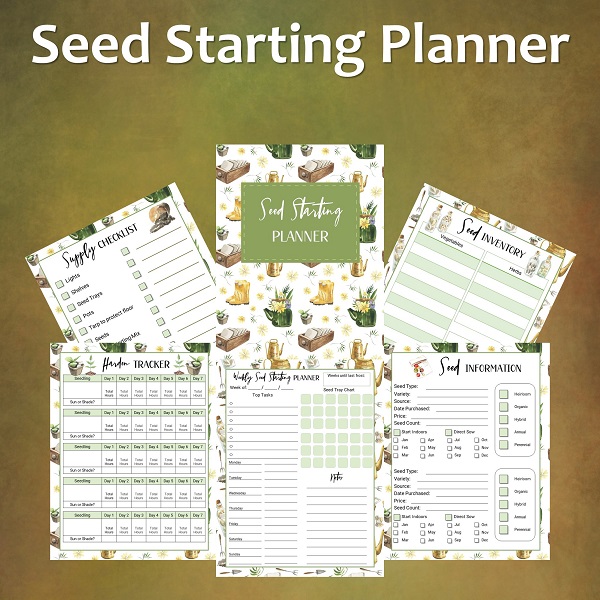 In the 2010 reboot of the movie The Karate Kid, Jaden Smith tells his young Chinese love interest, in a feeble attempt at Chinese, “wu ji bi fan,” relaying what Jackie Chan’s character told him: “too much of something isn’t good.” Though the Chinese girl laughs and corrects Jaden’s pronunciation, the quote is true with many things in life, like eating too much chocolate will give you headaches, being exposed to the computer screen for too long can eventually harm your eyes, and too much fertilzer can damage or kill your garden plants.
In the 2010 reboot of the movie The Karate Kid, Jaden Smith tells his young Chinese love interest, in a feeble attempt at Chinese, “wu ji bi fan,” relaying what Jackie Chan’s character told him: “too much of something isn’t good.” Though the Chinese girl laughs and corrects Jaden’s pronunciation, the quote is true with many things in life, like eating too much chocolate will give you headaches, being exposed to the computer screen for too long can eventually harm your eyes, and too much fertilzer can damage or kill your garden plants.
Yes, it can happen. As much as fertilizer gives a positive effect on the plant because, well, it’s called fertilizer for a reason, over fertilization of your garden can produce the reverse effects that it’s supposed to show: stunted growth, unhealthy leaves, weakness or vulnerability to pests, and worst case scenario, you’ll have to say “bye-bye” to the plants you’ve taken care of for quite a time.
Over Fertilization: Is it Really a Thing?
Sure, you mean well; you want your garden plants to be in their best state as much as possible, but if the administering of fertilizer is not monitored well, over fertilization can cause fertilizer burn.Fertilizer substances accumulate in the plant tissue. Then, due to damage of the roots, water absorption is inefficient and thereby makes fertilizer discharge impossible. Fertilizer burn symptoms are the sickly appearance of the plant, and the appearance of salt-like substances on the surface of the soil.
What If the Damage has Been Done?
An over fertilized garden can still be salvaged if action is made quickly after observation of signs of over fertilization. For starters, stop the application of nutrient-increasing substances (your plants have had their fill, you know). Remove the traces of fertilizer on the top soil. Cut off leaves that are too wilted.
Next, flood: have a little mania in your garden by watering the plants (yes, a lot of water will be involved; preferably the volume of water will be equivalent to the cubic area of the fertilized field). Leach the fertilizer down into the region of the soil where the roots have not reached yet. Repeat steps until plants appear healthy again. Relocate plants into new pots if necessary.
Getting the Plants in Their Best Shape
Once the plants are in good shape again, make amends by avoiding another over fertilization. Cut the recommended dosage on the label; experts say it’s better like that. You can also avoid the tragedy of fertilizer burn by making a constructive time table on the frequency and amount of application of the fertilizer, depending on the kind of plant. If you want, you can even test the soil in your garden for Soil Analysis; N-P-K (Nitrogen, Phosphorus, Potassium—essential macronutrients absorbed by plant in large amounts) percentages and soil pH (acidity or basicity). Additionally, testing for other features will help determine how much complementary nourishment your garden will need. As a gardener you need to be familiar with these things, no matter how big or scientific they sound; knowledge is power, after all.
So remember, the next time you feel the instinct of the majestic green thumb urging you to fertilize your plants, double check. Too much of something isn’t good.



